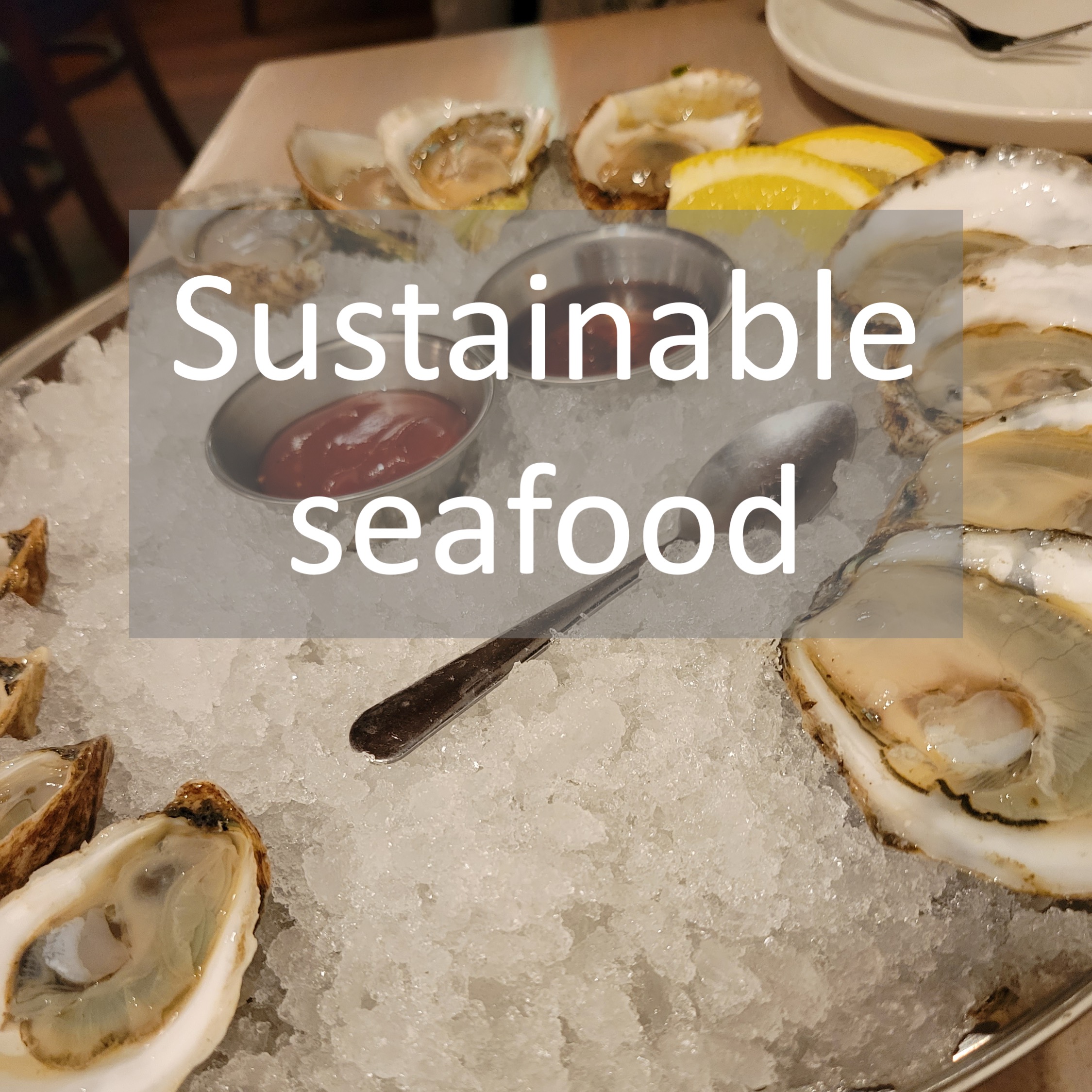Sustainable Seafood
Around the world, there is an increasing demand for seafood products.
Shellfish aquaculture
Overall, oyster aquaculture contributed $4.6 million in economic benefits to the State of New Hampshire in 2020 and has expanded 774% since 2013 (NH Sea Grant). While cultured oysters have experienced success, wild oysters in Great Bay have declined in the past two decades (Grizzle and Ward 2016; Piscataqua Region Estuaries Partnership 2018). This has been attributed to sedimentation, disease, and human harvesting, although ongoing climate change likely plays an increasingly important role in wild oyster declines via hypoxia, acidification, and thermal challenge (Porter and Breitburg 2016; Clements et al. 2018). This concurrent decline in wild oyster stocks raises concerns about the resistance of cultured oysters to increasing environmental stress
QMEL is embarking on a new local research program. We received a grant from the New Hampshire Agricultural Experimental Station to explore how extreme events affect shellfish, especially oysters and New Hampshire. The project involves our collaborators in the Jellison Lab, local New Hampshire shellfish farmers, and The Nature Conservancy.
This project will be a core part of the lab over the next several years. The project will involve data analysis, mathematical modeling, field work, and lab experiments. We are currently building the biosensors, collecting preliminary data, and preparing for the summer field season.

COVID-19 and seafood
At the start of the COVID-19 pandemic, many locations implemented social distancing restrictions to stop the spread of the virus. Limitations on restaurants were seen early in the pandemic. These restrictions, in turn, reduced demand for seafood given that most seafood purchases are in restaurants. Classic data used in fisheries management, such as catch or seafood consumption, were not available early in the pandemic. Thus, we developed a set of indicators to assess how COVID-19 was affecting seafood demand and production. We published this work in a series of papers, including the one below.
White, Easton R., Halley Froehlich, Jessica A. Gephart, Richard S. Cottrell, Trevor Branch, Rahul Agrawal Bejarano, Julia Baum. 2021. Early effects of COVID-19 on US fisheries and seafood consumption. Fish and Fisheries.
- In the top 1% Altmetric scores of all articles ever tracked
- Picked up by over 200 news outlets
- Referenced in a US Congressional Report
